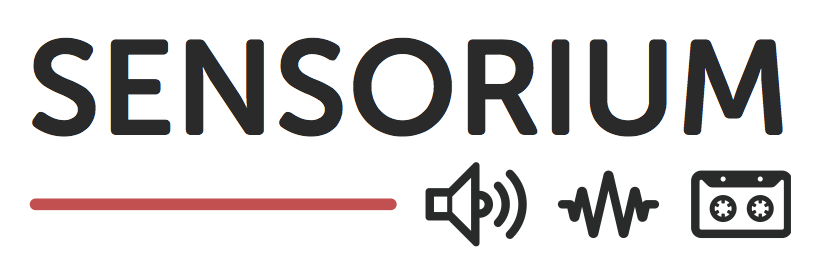Aims & Scope
Unfortunately Sensorium Journal is discontinued since autumn 2023. The already published content will still be available from the arcive.
Sensorium Journal is a non-commercial, open access, electronic journal for research on materiality, aesthetics and media technology, and publishes one volume a year. Sensorium Journal consists of a peer-reviewed section for articles and an open section for non-peer-reviewed contributions, that can include artistic, literary, collaborative or/and experimental pieces, as well as translations, interviews and introductions. It is easily accessible for downloading and open access. We welcome articles and contributions in the Scandinavian languages (Norwegian, Swedish, Danish) and in English.
As an introduction, a short note on the journal's name will be in place. To classic theorists of media like Walter Benjamin and Marshall McLuhan, the term “sensorium” is frequently used in reference to the human sensorium. That is, the human apparatus of sense perception, the alterations of which both thinkers relate to innovations in technology: “Thus technology has subjected the human sensorium to a complex kind of training. There came a day when a new and urgent need for stimuli was met by the film”, Walter Benjamin writes in the essay “On Some Motifs in Baudelaire” (1939). In Understanding Media: The Extensions of Man from 1964 Marshall McLuhan addresses the human sensorium as something entangled with both media technologies and the physical world around us, or, as he writes four years earlier in Explorations in Communication (1960): “Movies and TV complete the cycle of mechanization of the human sensorium. With the omnipresent ear and the moving eye, we have abolished writing, the specialized acoustic-visual metaphor that established the dynamics of Western civilization.”
In recent years, scholars from the theoretical fields of posthumanism and media philosophy have reverted to the idea of the sensorium, but somewhat in opposition to the anthropocentric notion used by Benjamin and McLuhan. Luciana Parisi, for instance, in her book Contagious Architecture, Computation, Aesthetics, and Space (2013), has written about what happens to the human perceptive sensorium when it is sparked by digital media, nanoengineering and biological post-cybernetic control systems and transformed into what might better be described as a bionic sensorium.
Obviously, the history of the word sensorium goes further back than Walter Benjamin’s writings. In his book Speaking Into the Air (1999), John Durham Peters draws attention to the use of the concept in Isaac Newton’s description of universal gravitation from Principia (1687). Newton, in his explanation of gravity and its operation as something passing “an insensible fluid”, speaks of a cosmic medium or, literally, a “sensorium dei”. This “sensorium dei” ties us to our surroundings – a thought that is echoed in Benjamin and McLuhan’s concept of sensorium, although God is now out of the picture and the merging of the mental and corporeal dimensions is replaced by the human sensory apparatus and media technology.
Sensorium Journal is hosted by Linköping University Electronic Press (LiU E-Press, www.ep.liu.se), and its editors are part of the Nordic network Sensorium.
The journal has no organizational, political or commercial agenda. Its sole purpose is to publish the best possible open access journal within the interdisciplinary scope of the journal.

